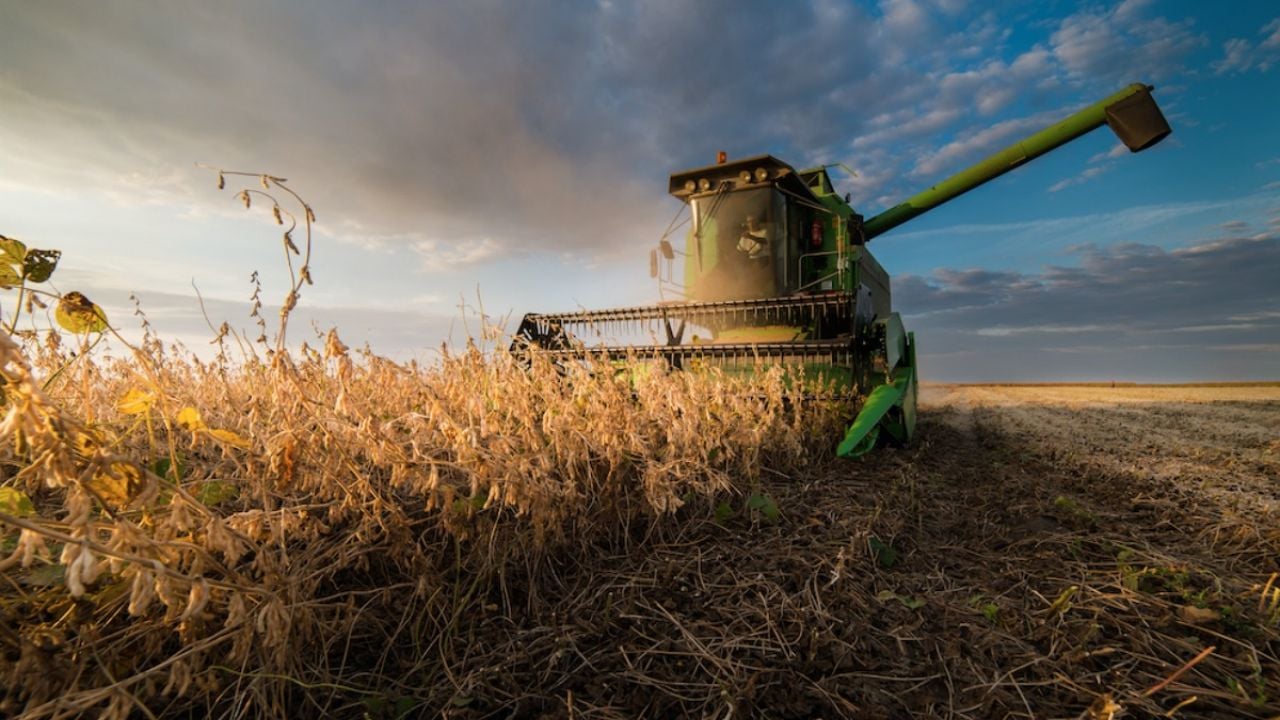
The Department of Agriculture recently announced changes it has made since 2021 to the Conservation Reserve Program, or CRP, to improve how it can reduce farmers’ greenhouse gas emissions. This includes rewarding farmers who adopt conservation practices that lower emissions or store carbon in soil.
But new research shows the USDA has a long way to go to make the CRP a truly “climate smart” program. The CRP requires farmers to take farmland out of production for a set amount of time and plant grasses, shrubs or trees. Most CRP contracts require land retirement for 10 years, but there are also options for longer retirement of 15 or 30 years. Retiring farmland has benefits for the climate, environment and wildlife.
Recent research shows that if the locations of CRP acres were selected at random, the program would store more carbon in the soil than it does with the CRP acres in their current locations.
As of 2020, the locations of CRP acres likely store 9 percent less carbon in soil than they would if located at random.
This is bad for the program and for the climate. Greenhouse gas contributions from the agricultural industry represent at least 11 percent of all U.S. emissions, according to the Environmental Protection Agency. Agriculture’s contribution to the climate crisis is likely much larger than that and expected to grow.
The CRP could be a cornerstone program to help farmers reduce their emissions. But the new research shows the program is not doing a good job of sequestering carbon in soil.
The reason why the CRP is storing less carbon in soil than if the acres were placed randomly has to do with where program acres are concentrated. The Southern Great Plains have a disproportionately high amount of CRP acres, compared to the rest of the country, and the “coarse-textured soils” in this area store carbon poorly.
The research suggests that, to store the most carbon in soil, CRP acres should be concentrated in North Central states like Illinois, Indiana, Iowa, Kansas, Kentucky, Missouri, Nebraska and Ohio, and land along the Mississippi River. (See Figure 1.) These areas have soil that is less sandy and more silt loam or silty clay loam, which are better at storing carbon.
Figure 1. Locations with the most potential for soil carbon sequestration, according to two models.
Source: Seth Spawn-Lee, Ph.D., University of Wisconsin-Madison, Space and Time for Natural Climate Solutions in Agricultural Landscapes.
Other research has pointed out that the type of grass planted on CRP acres can also influence how much carbon is sequestered in soil, since some grasses store carbon better than others.
Climate-smart potential
The CRP could become a major climate-smart program that helps farmers reduce their greenhouse gas emissions. But building soil carbon to combat the climate crisis is currently a low priority for CRP. Much more must be done to locate CRP acres in the right areas, with the greatest carbon storage potential..
CRP acres are chosen based on their Environmental Benefits Index score. Acres get points based on how well they will contribute to various resource concerns, like improving water quality, then the acres with the highest scores get accepted into the program.
The index gives little weight to carbon benefits and much more weight to soil erosion and wildlife benefits. In a recent sign-up, the USDA allotted just 10 points to the potential carbon sequestration benefits of land offered to the USDA – out of 395 points.
And few farmers are making long-term commitments. Securing long-term or permanent commitments to convert hard-to-farm land to trees and grasses is the best way to build soil carbon. But most CRP acres are enrolled through short-term, 10-year contracts, which allow the land to be plowed up after contracts expire, likely releasing soil carbon back into the atmosphere.
Adding carbon storage or greenhouse gas emissions reductions potential to the Environmental Benefits Index would be a good step toward making the CRP a truly climate-smart program, since it would get program acres on land with the largest carbon storage potential.
Incentive payments are also too low to encourage enrollment of the lands with the most potential to build soil carbon.
Congress should increase the amount paid to farmers who can best reduce greenhouse gas emissions. They should also encourage the enrollment of marginal lands and increase the contract period, from 10 years to 30 years for marginal lands, as Sens. Chuck Grassley (R-Iowa) and Cory Booker (D-N.J.) have recommended.


